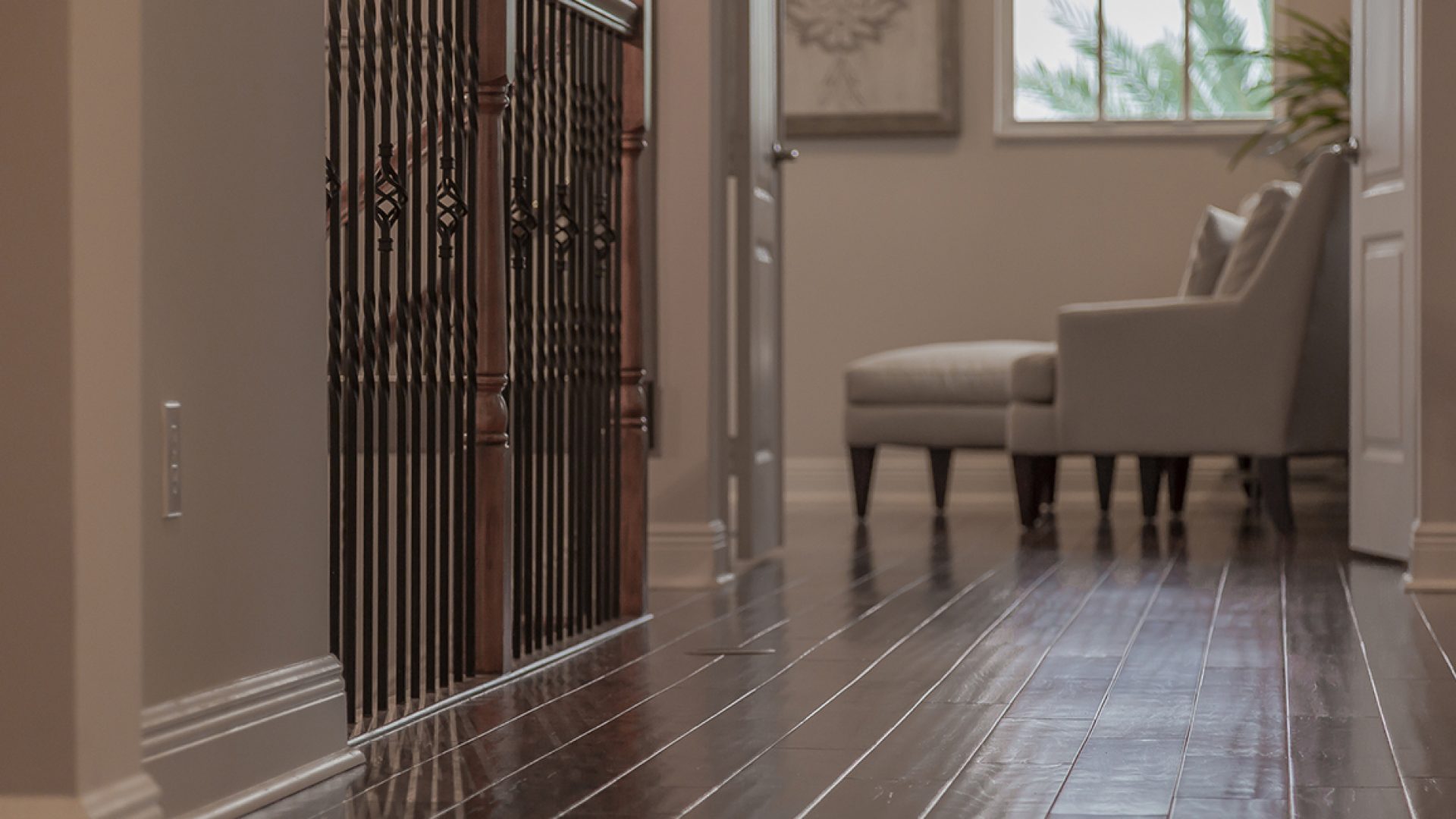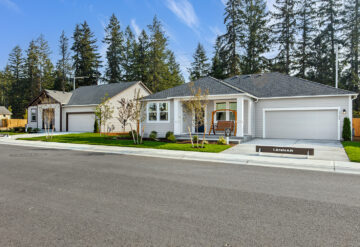What features will define the design of the homes of the near future? Writing for the American Institute of Architects, Kermit Baker and Jennifer Riskus highlight some of the key trends.
While it seems safe to assume that the design of U.S. homes will undergo fairly significant changes over the coming decade, it’s equally likely that these changes will be determined by fundamental economic and demographic developments instead of Jetsons-style technological innovations.
In the AIA’s Home Design Trends Survey, leading residential architecture firms provided their vision for the next 10 years in terms of home layout; features, systems, and products; neighborhood and community design; and kitchens and baths. The key trends that they identified are the growing popularity of universal design; increased attention to a healthy living environment; infill development and its focus on improved design; and the growing popularity of kitchens as the focus of household activities.
A recovering housing market, coupled with evolving demographic patterns nationally, will largely determine emerging home design trends through 2025. Identified by leading architecture firms in our survey, some of these trends are already in place and will continue to develop while others are still in the early stages of adoption.
- Continued expansion of universal design and accessibility features throughout the home. Universal design, a series of principles that encourage a more accessible environment, has been well-articulated for two decades. However, we now have a large generation of households that is beginning to think more seriously about its housing needs for the coming years. Over the next 10 years, the majority of Baby Boomers will have turned 65; those households that remain actively involved in home improvement projects will increasingly think about how to incorporate accessibility features into the projects they undertake.
- Increased focus on a healthy home environment. The emerging concern over environmental health issues is increasingly being focused on residential environments. A recent national consumer survey found that a quarter of homeowners were at least suspicious that their home may be causing health problems, while an additional 20 percent were unsure whether to be concerned or not. Since renters have less ability to control their residential environment, they express even higher levels of concern. Indoor air quality tops the list of healthy home concerns, but water quality and potentially harmful materials or chemicals in the home also are commonly mentioned. Greater consumer awareness and growing mistrust of government and industry are likely to push healthy home issues to even greater levels of awareness.
- Infill development promotes smaller, better designed homes. Building in established locations that are more accessible to jobs, public transportation options, and commercial activities has increased as many younger households show little interest in traditional housing subdivisions in more remote locations. Building in these more accessible locations is typically more expensive, so homes frequently are smaller and have more innovative designs. Residential architects feel that this trend will continue. Smaller households may have less interest in larger homes, and may instead look for more desirable locations with more personalized design features.
- Kitchens remain a focus of household activities. Even during the housing downturn, as households scaled back many home features, few residential architects reported less attention to size and features of kitchens. Kitchens have evolved into the family center of most homes, and, as the housing market recovers, residential architects report even more emphasis on this. Because family space connected to kitchen space has become standard in most new homes, the centrality of the kitchen to household operations is destined to continue to increase.
Obviously, other factors will have a major influence on how homes are designed over the coming decade. New technological breakthroughs, evolving building code and regulatory issues, and changing consumer preferences for housing features and materials are obvious considerations that will influence home design. Still, residential architects see that changes in design features are incremental, and generally reflective of underlying social and economic trends.




